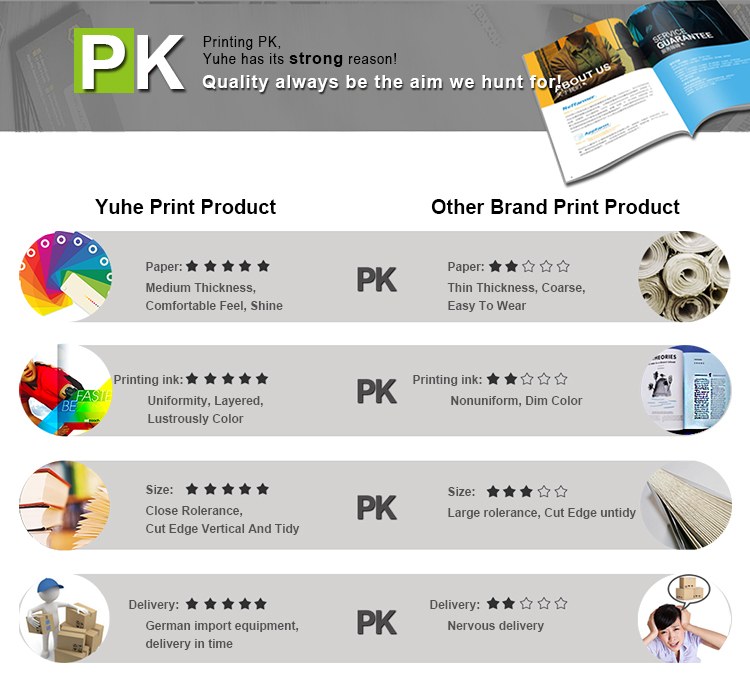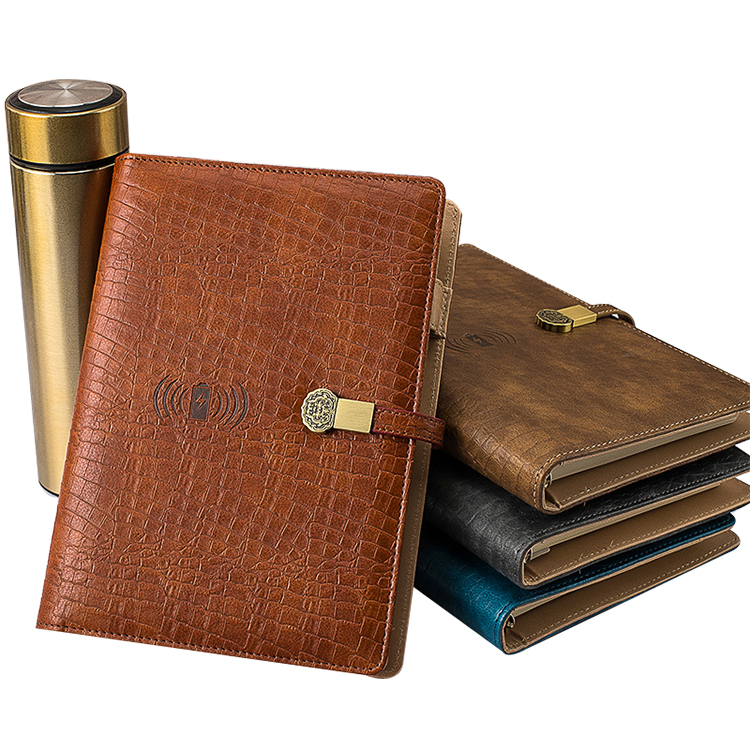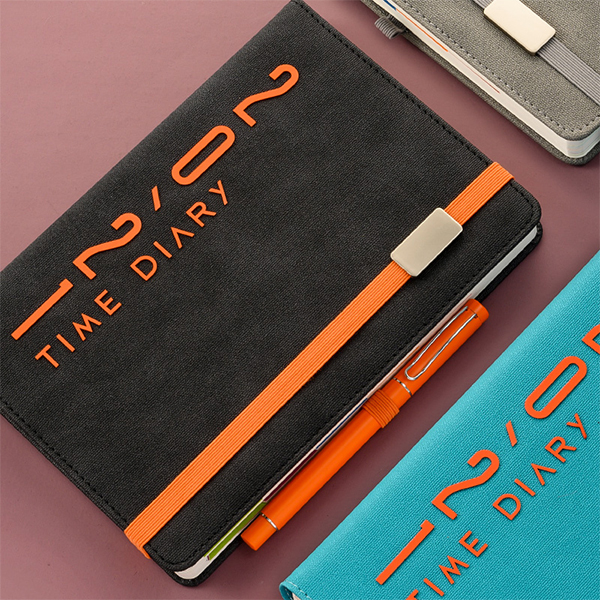
seven reasons to engage with customer magazines
Still relatively young, the medium of customer magazines has blossomed into a £1billion global industry. Central to this success is the level of customer engagement it offers brands.
A cornerstone of the growing content-marketing industry, customer magazines deliver high-quality, relevant and valuable information, and in some markets, they actually have a higher circulation than consumer magazines.
Across China, brands are discovering the meaning of Yuhe Print, enticed by the creativity and new ways of thinking employed by customer magazines. Their ability to create a bond with their readers is a vital tool to building brands and creating loyalty.
So here are the seven key reasons for using customer magazines.
1. Building relationship and loyalty
The most common reason for commissioning a customer magazine is to foster loyalty. With a frequent and substantial communication such as a magazine, your customers have a reliable source of information and entertainment in their hand on a regular basis, with your brand gaining unparalleled access to their lives.
Customer magazines also have the ability to build a strong commitment among readers for your brand, a commitment that can result in stronger sales or even turn your customers into brand ambassadors. According to a UK study, customer magazines increase band loyalty by 32% (APA, 2008).
2. Substance and tangibility
The tangible feeling of holding a magazine in your hands is something consumers still love. When asked, the majority of consumers still prefer paper to other media, with 57% stating a clear preference for printed magazines against their online versions (Targetcast, 2009).
The medium of customer magazines also comes with the vital element of practicality: all titles can be picked up and put down at will in almost all situations, allowing reading in the ‘Three Bs’ (Bathroom, Beach and Bus).
As well as the high quality of photography and printing that accompanies every customer magazine, their collectable nature adds value for the consumer, with content such as recipes always readily available. Research shows that 28% of readers collect magazines or articles for future use (Custo, Custometer 2011).
3. Engagement
Using entertaining and informative content, customer magazines build a bond of trust between brand and reader, which can be used to get your customers to take some form of action. With control in their hands, customers can take in the information in their own time, while recognising the work and creativity that goes into every issue.
Despite customer magazines regarded as a form of brand communications, readers have no feeling of being sold to. The content comes from a single brand with no third party, and is presented in a soft-sell, non-invasive way, creating affinity and building a rapport with the reader.
Since the average reading time of a customer magazine is more than 20 minutes (Kleijn, 2008), they are sometimes called the ’20-minute medium’. In the UK, this increases to 25 minutes (APA, 2005).
4. Targeting power
Customers are a varied group, but magazines have the ability to target them all, tailoring content specifically for their interests and habits. The Advantage Study (Royal Mail, 2008) showed that a quarter of all customer titles are segmented to suit differing reader demographics. By creating specific content for specific groups, brands can get closer to their customers, offering more personalised content and increasing engagement.
Door-to-door delivery also adds this personal touch, with readers spend more time with the magazines when they’re delivered via mail.
5. Effectiveness
UK research shows that when customer magazines are used in conjunction with online marcomms, consumers can spend up to 25% more with a brand, because of the open dialogue with potential and current customers. (Royal Mail, 2008).
Customer magazines are also channels that can be completely controlled by a brand, with no interference from other brands or negative comments from customers. The medium is appreciated by readers, with the magazine’s value shown to have a positive effect on the value of the brand. Research in the UK shows that customer magazines enhance corporate brand image by an average of 9% (APA, 2005).
6. Entertainment
Customer magazines are created using a combination of entertainment, information and inspiration. Getting the customer interested in the content is a key step. Once you have their interest, they will be more receptive to any messages you wish to get across. Even better, provide them with useful editorial such as tips, advice, recipes and contact details, and they are more likely to keep the magazine, returning to it time and time again. This will help to build a rapport with the reader.
7. Complexity
Since customer magazines offer a large amount of editorial space for content ultimately controlled by the brand, they are able to present more complex messages in an informative and entertaining way. This is why an increasing number of customer magazines are being used as an educational tool in the media mix, giving the reader a clear explanation of subjects such as financial products or energy solutions.Design techniques such as infographics are often used to help the reader understand complex subjects, with the reader gaining a deeper insight into the brand itself. The use of repetition within the same issue, or subsequent issues, also aids comprehension.
We warmly welcome your inquiry and long term cooperate!
welcome you to be our distributor in your local market






